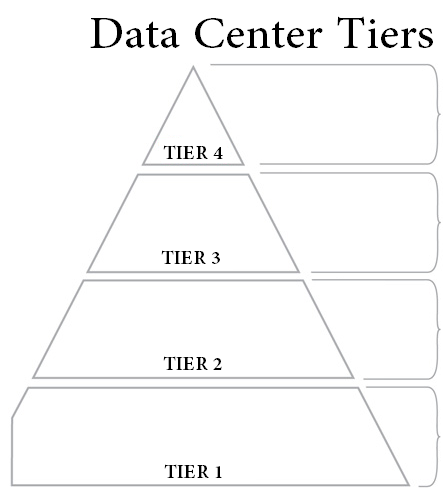Content

When the consignor sends goods to the consignee, a journal entry is not needed. However, when the consignee sells the goods received, they pay the consignor a predetermined sale amount. The consignor would then record a debit to cash and a credit to sales. They would also purge the related amount of inventory as a debit to cost of goods sold and a credit to inventory.
- Ltd., reconing exchange loss or profit separately on the basis of 90 paise to a Taka.
- In such cases; the consignor pays the consignee an extra commission for this guarantee.
- They can be used for transactions, have created new markets, and may have more use cases in the future.
Dass is entitled to a commission of 3 per cent plus 1½ per cent del credere. Was able to pay only 80% of the amount due from it. The balance of consignment stock is called closing stock and like any other business it is a current consignment accounting assets and shown assets side of Balance sheet. Del-credere commission is the commission which is provided by the consignor to the consignee to promote credit sales and which is allowed to cover loss of due to bad debts only.
Examples of consignment account
In examination questions in the absence of the nature of the expenditure incurred by the consignor or consignee you are advised to include the due proportion of the expenses of consignor only. Consignee is not liable for the goods in his hand his liability occurs when he sales goods. For effecting sales at prices higher than the price fixed by the consignor.
What is consignment in accounting?
Consignment accounting is a type of business arrangement in which one person send goods to another person for sale on his behalf and the person who sends goods is called consignor and another person who receives the goods is called consignee, where consignee sells the goods on behalf of consignor on consideration of …
The distinctions between direct and indirect expenses are important especially at the time of valuation of the unsold closing stock. Invoice implies that the sale has taken place, but pro-forma invoice is not an invoice. Proforma invoice is a statement prepared by the consignor of goods showing quantity, quality, and price of the goods. Such pro-forma invoice is issued by the consignor to consignee regarding the goods before the sale actually takes place.
Table of Contents
The next step is to set up your consignors by Class. PwC refers to the US member firm or one of its subsidiaries or affiliates, and may sometimes refer to the PwC network. This content is for general information purposes only, and should not be used as a substitute for consultation with professional advisors. However, Steel Co needs to assess the likelihood of the steel being returned and might need to recognize a refund liability in that case. Example RR 8-8 and Example RR 8-9 illustrate the assessment of consignment arrangements. The entity is able to require the return of the product or transfer the product to a third party .
- Here, ultimate ownership of the goods remains with the manufacturer or whole seller who handovers goods to his agent for sale on commission basis.
- You can assign each of your consignors to a Class for reporting purposes.
- Of course, instead of a bill of exchange, the agent may remit a sum of money to the principle as an advance.
- On January 1st, Company A sends 100,000 copies of its magazines to retailers to sell on consignment.
- Sometimes consignment is beneficial for both consignor and consignee as the consignor gets business expansion and the consignee gets commission and incentives without any investment.
- Consignee sends a statement called Account Sales, periodically.
After calculating the total expenses incurred by the consignor and the consignee on the whole lot these can be apportioned between sold and unsold stock. If these consignment expenses are not thus apportioned there would arise an inequitable position as regard the ascertainment of the correct amount of profit or loss. If however the loss is anticipated adequate previsions should be made therefore. 7.Preparing accounts in Consignors books 01) Transferring goods by the consignor to consignee. 05) Recording the sales amount 06) Calculating the results on consignment. Selling on consignment is a great option for an individual or business that does not have a brick-and-mortar presence, although consignment arrangements can also exist in cyberspace.
Share this document
Also see formula of gross margin ratio method with financial analysis, balance sheet and income statement analysis tutorials for free download on Accounting4Management.com. Accounting students can take help from Video lectures, handouts, helping materials, assignments solution, On-line Quizzes, GDB, Past Papers, books and Solved problems. Also learn latest Accounting & management software technology with tips and tricks.

It prevents different sale price to different customers. Over-riding Commission − In case of an extra-ordinary sale of the goods, some specific amount is payable to consignee in the form of an incentive is called overriding commission. Over-riding commission is also calculated on the total sales.
Typical products sold through consignment include clothing, shoes, furniture, toys, music & other instruments, etc. Depending upon the arrangement with the consignee, the consignor may pay a commission to the consignee for making the sale. If so, this is a debit to commission expense and a credit to accounts payable. Consignor remains the owner of goods even after sending to consignee.
